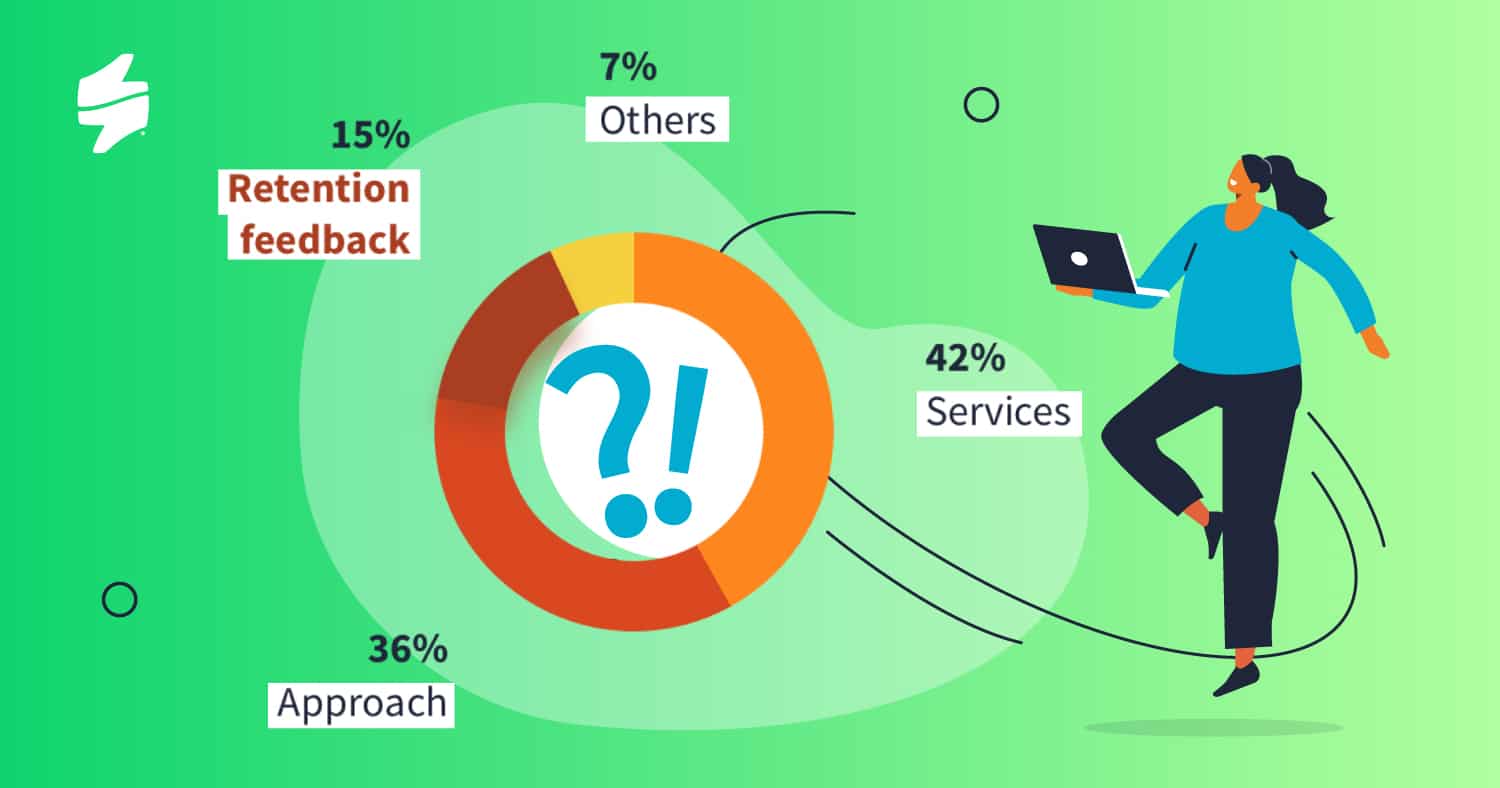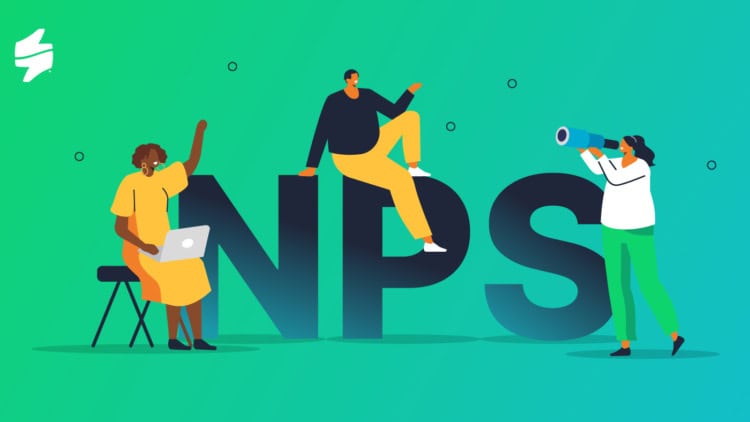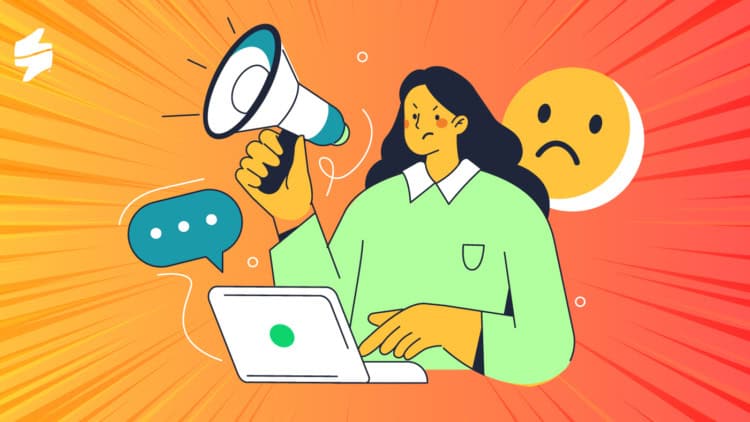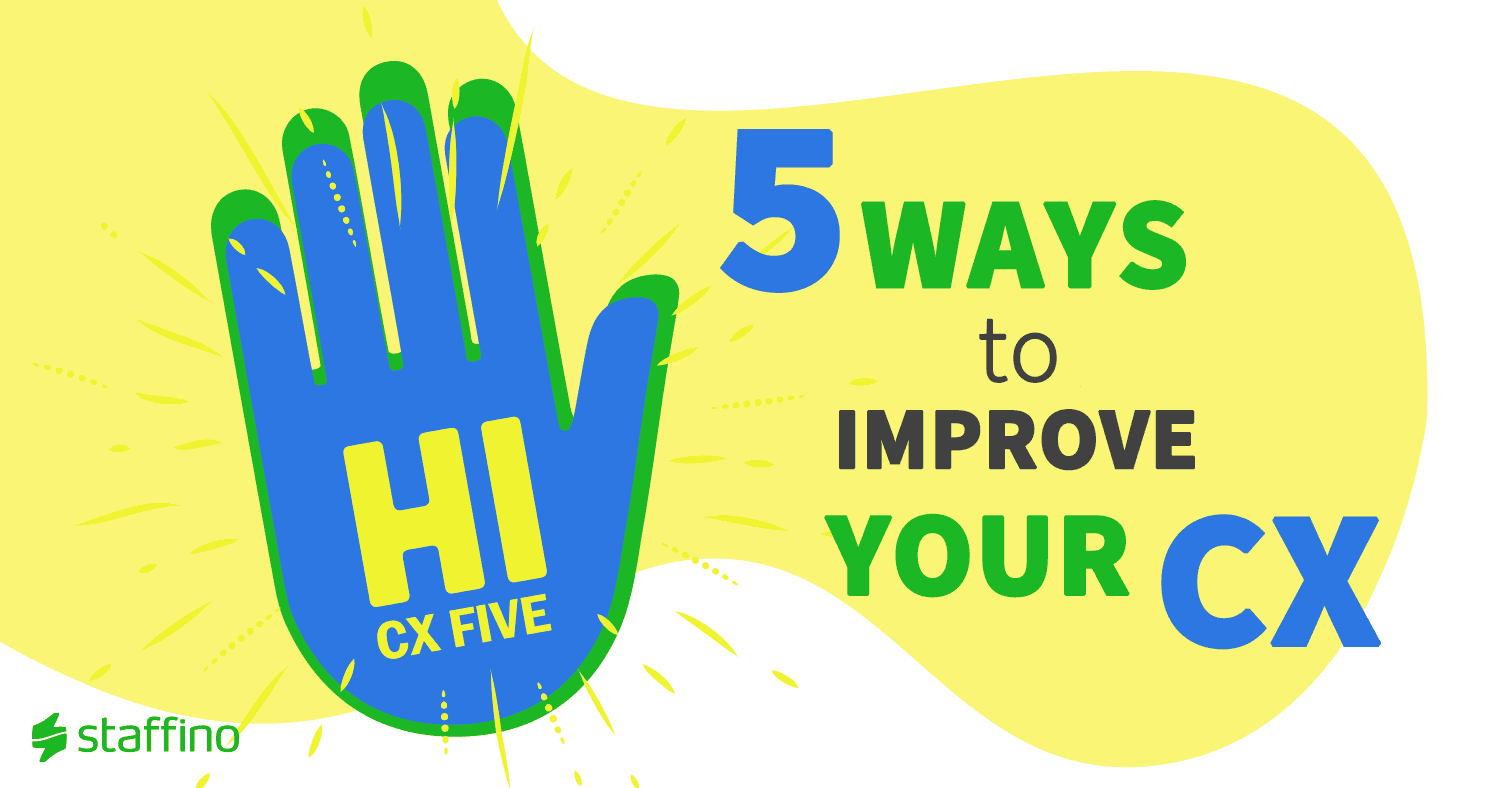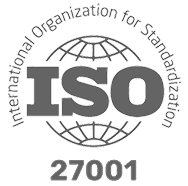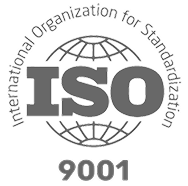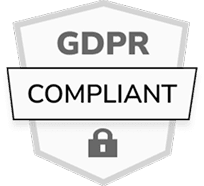Customer retention refers to a company’s ability to keep its existing customers over time and encourage repeat business. It is measured by retention rate and influenced by customer satisfaction, loyalty programs, service quality, and consistent communication. Improving retention directly impacts long-term revenue and brand growth.
Customer retention meaning is not just about preventing customers from running off with your competitors; it’s about building long-term relationships, creating brand advocates, and turning customers into die-hard fans. Think of it as the secret sauce that keeps your business thriving while your competitors struggle to stay afloat.
But how can you improve customer retention? In this article, we will share best practices and customer retention management tips that will transform your business and make your customers stick around like glue.
What Is Customer Retention?
What does customer retention mean in CX? Customer retention refers to a company’s ability to retain its existing customers and keep them engaged with the brand over a long period of time. It is a key customer experience metric that directly impacts a company’s profitability and growth. In fact, research has shown that increasing the client retention rate by just 5% can lead to a significant increase in profits ranging from 25% to 95%.
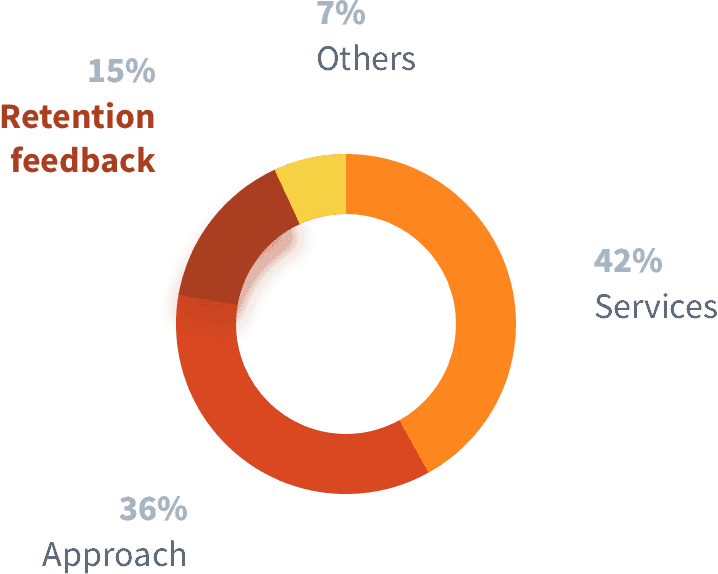

Retain Customers and Increase Profits!
Make sure your customer relationships don't slip away with Staffino's Retention Case Monitoring. This easy-to-use tool gives you the power to maximise customer retention and boost loyalty.
How to Improve Customer Retention in 5 Key Steps
One of the most effective ways to improve customer retention is through closed-loop feedback. What is closing the feedback loop, you may ask? Closed-loop feedback refers to the process of collecting customer feedback, analysing it, and taking appropriate actions to address any issues or concerns raised by customers. It is a proactive approach that demonstrates your company’s commitment to customer satisfaction and provides an opportunity to turn a negative experience into a positive one.
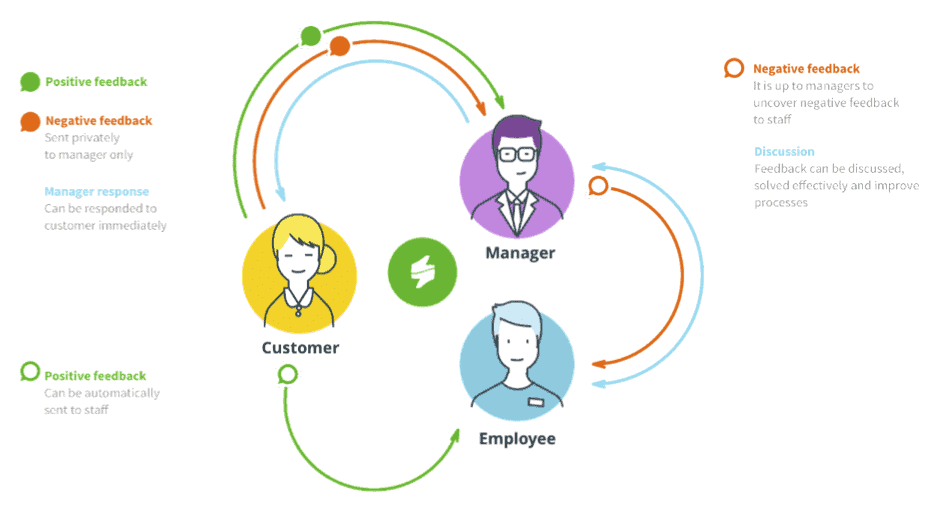
When customers have a complaint or encounter a problem with a product or service, they often feel frustrated and may consider switching to a competitor. However, by implementing a closed-loop feedback system, companies can not only resolve the customer’s issue but also improve the overall customer experience. Here’s how closed-loop feedback can be utilised to enhance customer retention:
1. Promptly Acknowledge and Respond to Customer Complaints
When a customer raises a complaint or shares negative feedback, it is crucial to acknowledge their concern promptly and apologise. This can be done through various channels, such as customer retention management platforms, phone, email, or social media. By showing that their feedback is valued and taken seriously, customers are more likely to feel heard and appreciated.

2. Investigate and Analyse the Root Cause
Once a complaint is received, it is essential to thoroughly investigate the issue and identify its root cause. This may involve collecting additional information from the customer and employee or employees involved, analysing internal processes, or conducting product testing. Understanding the underlying cause is vital to prevent similar issues from recurring in the future.
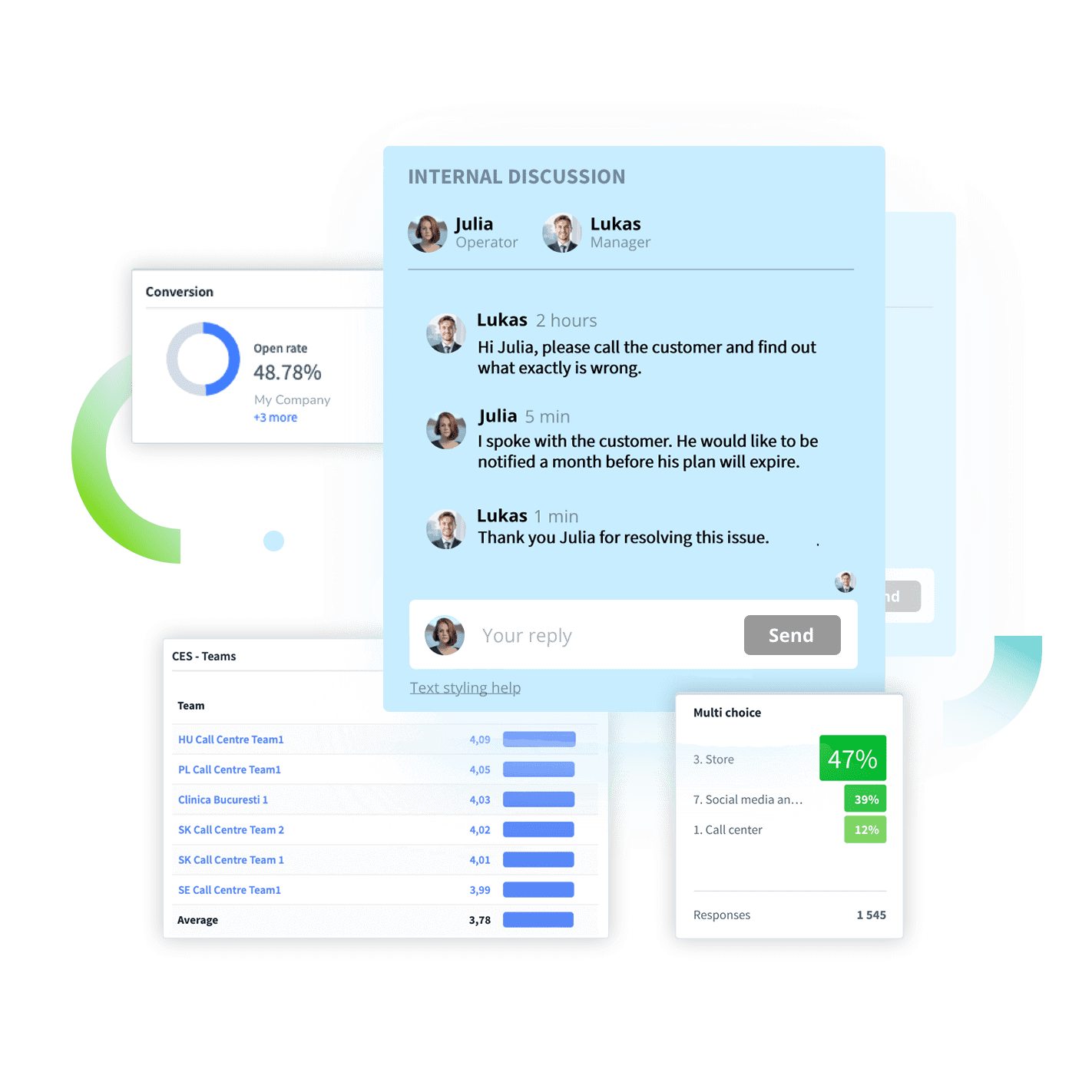
3. Provide a Personalised Solution
Every customer is unique, and their complaints may vary in nature. To improve customer retention, it is essential to provide personalised solutions that address the specific needs and concerns of each customer. This may involve offering replacements, refunds, discounts, or additional support. By going the extra mile to resolve the issue, you can demonstrate their commitment to customer satisfaction.
4. Communicate the Resolution Effectively
After resolving a customer complaint, it is crucial to communicate the solution effectively. This includes clearly explaining the steps taken to address the issue, providing any necessary follow-up instructions, and ensuring the customer’s understanding and satisfaction. Effective communication helps build trust and reassures customers that their concerns have been addressed.
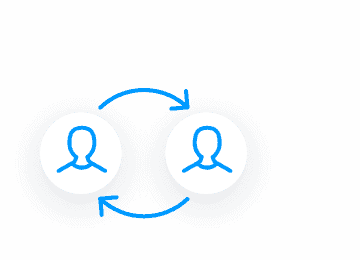
Get Actionable Insights with Closed Loop Feedback Management
With Staffino, you'll never leave a customer unhappy again! Streamline the process of collecting and responding to feedback, identify areas of improvement, and make sure that customer issues are addressed quickly and effectively.
5. Learn from Feedback and Make Improvements
Closed-loop feedback is not just about resolving individual complaints; it is also an opportunity to learn from customer feedback and make necessary improvements to prevent similar issues in the future. By analysing patterns and trends in customer complaints, companies can identify areas for improvement, refine their products or services, and enhance the overall customer experience.
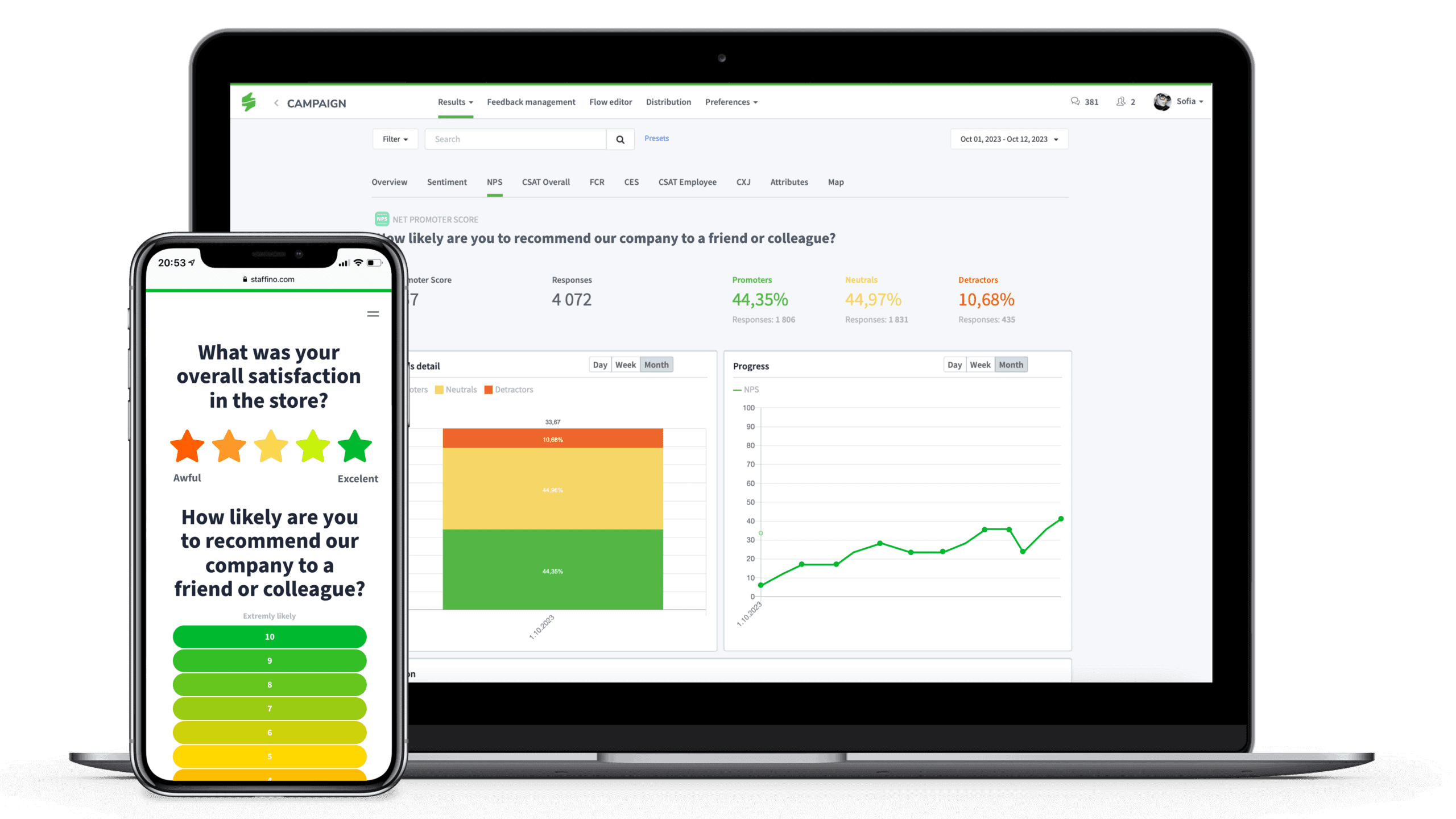
Implementing a closed-loop feedback system requires a customer-centric approach and a commitment to continuous improvement. It involves creating a culture where customer feedback is encouraged, valued, and acted upon. By leveraging technology, such as customer relationship management (CRM) systems or CX feedback management platforms, you can greatly streamline the process of collecting, analysing, and responding to customer complaints.
How to effectively respond to customer complaints? Check out our free response template for complaint email!
Conclusion
Now that you understand the definition of client retention and why it is crucial for your business’s long-term success, you’re ready to start rocking it! Remember that closed-loop feedback plays a significant role in improving customer retention. By promptly acknowledging complaints, investigating root causes, providing personalised solutions, communicating effectively, and learning from feedback, you can not only resolve individual issues but also improve customer experience with your company.
Looking to increase customer retention rates and create a sustainable competitive advantage? Don’t hesitate to schedule a free demo with out team!
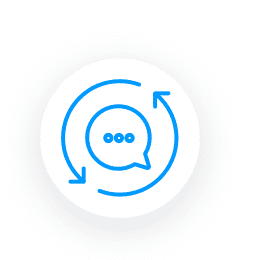
Get a First-Hand Experience Today!
Staffino is the perfect tool for creating engaging surveys, tracking performance, responding to customer feedback, and rewarding top employees. Get started today with our FREE demo!
FAQ
Customer retention is the process of keeping customers engaged and encouraging them to continue buying from your business instead of switching to competitors.
Client retention rate measures the percentage of customers a business retains over a given time period. It reflects customer loyalty and satisfaction.
It involves strategies and actions used to maintain long-term customer relationships, reduce churn, and increase lifetime value through service, communication, and loyalty efforts.
Offer great service, collect feedback, act on complaints, personalise communication, use loyalty programs, and engage customers regularly through multiple channels.
An 80% retention rate means that 80% of your customers continue doing business with you over the measured period, while 20% have stopped.
The 8 C’s are: Connection, Communication, Care, Customisation, Consistency, Commitment, Convenience, and Competence. These drive customer loyalty and retention.
Key KPIs include retention rate, churn rate, repeat purchase rate, customer lifetime value (CLV), and net promoter score (NPS).
Use the formula:
Retention Rate = ((E − N) ÷ S) × 100,
where E = customers at end, N = new customers, S = customers at start.
A loyalty program offering discounts to repeat buyers, or a feedback loop with personalised follow-up, are both examples of customer retention strategies.
If a customer continues to renew a subscription or repurchase regularly from the same brand due to satisfaction and trust, that’s customer retention in action.
